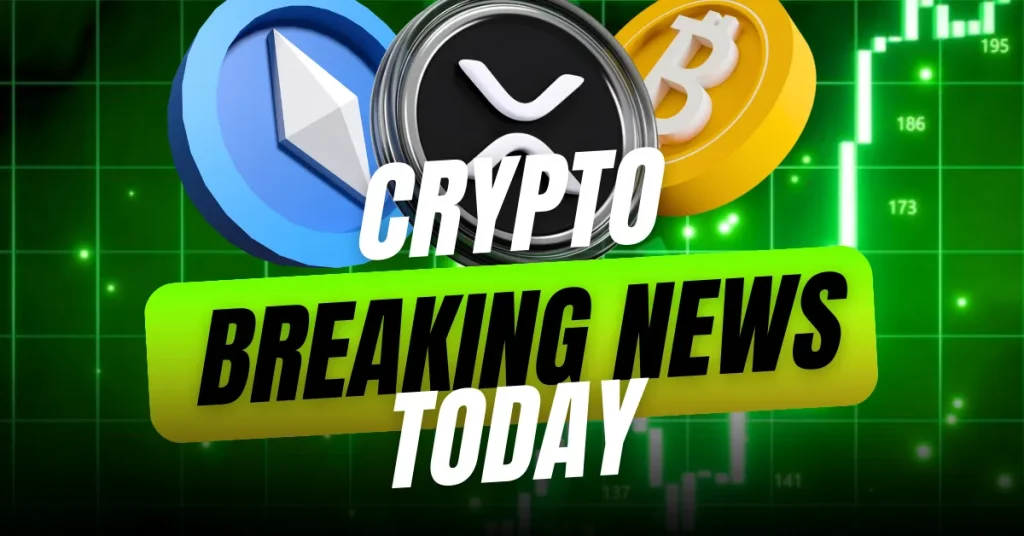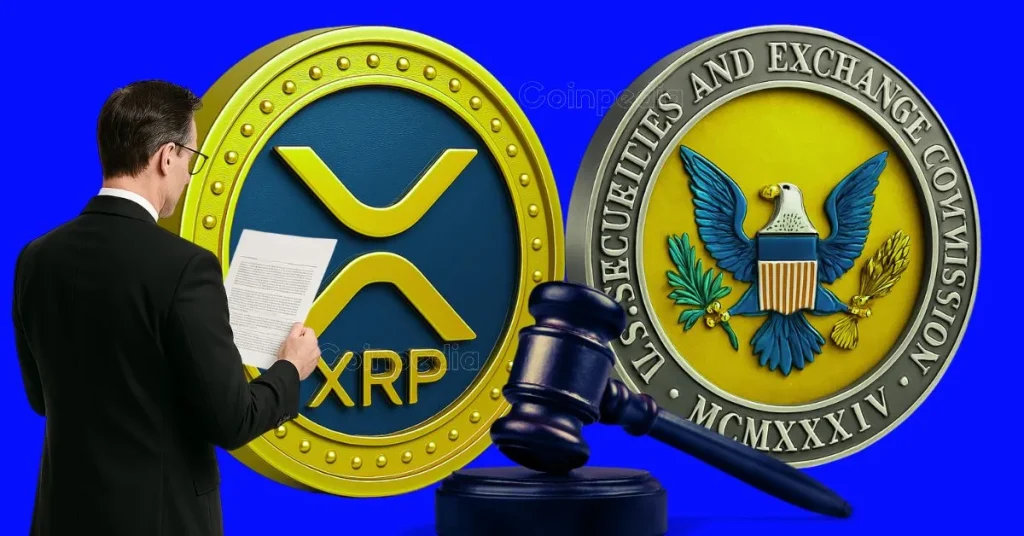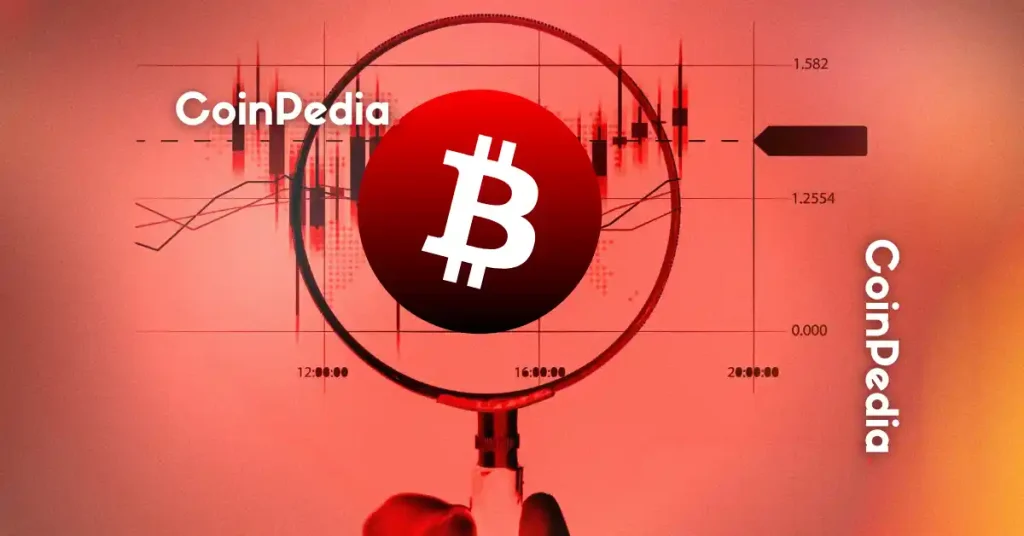
Ethereum price retreated for three straight weeks even after the Securities and Exchange Commission (SEC) approved spot ETH ETFs. It bottomed at $2,118 this week as Bitcoin, altcoins, and stocks plunged.
Why ETH has crashed
Ethereum has also lost momentum after Jump Trading continued dumping its tokens. Recent data by Arkham has shown that Jump’s assets dropped sharply in the past few weeks and now stand at over $368 million. Jump now holds Ether tokens worth over $20 million.
At the same time, Ether has underperformed because of the weak inflows in its Ethereum ETFs.
Data by DeFi Llama shows that the Grayscale Ethereum Trust (ETHE) is still the biggest Ether ETFs followed by the iShares Ethereum Trust (ETHA), Fidelity Ethereum ETF (FETH), and the Bitwise Ethereum Fund (ETHW). These funds hold over $4.99 billion, $743 million, $281 million, and $232 million, respectively.
One ETF-related reason for the plunge is that, as we saw with Bitcoin ETFs in January, many holders of Grayscale’s fund have sold their assets and moved to other ETFs. Besides, the fund has an expense ratio of 2.50%, one of the most expensive ones in the ETF industry.
In this case, many investors have rotated to other cheaper funds, with the Grayscale Mini Ethereum Trust having the smallest expense ratio at 0.15%.
Ethereum and other cryptocurrencies also retreated as the unwinding of the Japanese yen carry trade continued. For a long time, investors took advantage of low interest rates from Japan to borrow funds and invest abroad where rates were at an elevated level.
Additionally, there was concern that the US economy was moving into a recession after the government published weak economic data. The unemployment rate rose to 4.3% while wage growth has stalled.
Here are the three reasons why many investors are avoiding spot Ethereum ETFs.
Ethereum is facing strong competition
The first reason why most investors are avoiding Ethereum ETFs is that the network is facing substantial competition from other layer-1 networks. While it still maintains a leading market share in key industries like Decentralized Finance (DeFi) and stablecoins, other networks are coming up fast.
For example, the most recent data by DeFi Llama shows that Solana DEX networks like Raydium, Jupiter, and Orca are gaining market share. They handled over $58 billion in volume in July while Ethereum processed $53 billion. This growth is mostly because of the growth of Solana meme coins like Dogwifhat (WIF) and Book of Meme (BOME).
Justin Sun’s Tron has also taken substantial market share in the stablecoin industry, where it handles over $40 billion in daily transactions. Users love Tether on Tron because of its lower fees than the ERC standard.
To be clear: Ethereum still leads in key areas, especially on fees. It has made over $1.8 billion this year, higher than other networks like Tron, Bitcoin, and Solana. Just this week, Ethereum dropped to a record low against Solana.
Ethereum ETF fees
The other main reason why investors are avoiding Ethereum ETFs is because of its substantial fees. The Grayscale Ethereum ETF has a 2.50% expense ratio, meaning that a $100,000 investment will cost $2,500 each year. This is a big amount considering that most ETFs in Wall Street cost less than 0.20%.
The iShares Ethereum Trust and most of its peers are charging a 0.25% fee. While these fees are normal, many investors are opting to buy Ethereum and just store it in their exchange accounts or their wallets. This makes sense since Ether ETFs are built to track Ethereum price, meaning that the two are highly correlated.
A good example of this is gold and its ETFs. As shown below, gold has risen by 26.95% in the last 12 months while the iShares Gold Trust (IAU) and SPDR Gold Trust (GLD) have risen by 26.3% and 26.49%.
Ether staking yield
Additionally, Ethereum ETFs are being avoided because, to receive approval by the SEC, applicants avoided the staking element. Instead, these funds don’t pay a reward to investors.
Data by StakingRewards shows that the staking yield of Ethereum stands at 3.50%, meaning that a $100,000 investment will bring in over $3,000 all factors constant. Indeed, Ether investors have allocated over $88 billion in staking pools by companies like Lido Finance, Ether.fi, Rocket Pool, Frax Finance, and Staderlabs.
Lido Finance, the biggest liquid staking platform yields 3.95% while Frax yields 375% and Ankr 4.2%.
Taking Lido’s staking reward of 3.95% and the 0.25% expense ratio by Blackrock, it means that investors are losing 4.2% in opportunity cost annually. The opportunity cost is bigger when you consider restaking, a process where cash in liquid staking platforms is staked again, generating more returns.
To be clear: there are benefits of investing in Ethereum ETFs, including the ease of use and the fact that managing these funds is easier than real tokens. They are also more liquid. However, the benefits of buying and staking them outweigh the latter.
The post Here’s why ETHA, FETH, ETHW and other Ether ETFs are struggling appeared first on Invezz















 English (US) ·
English (US) ·